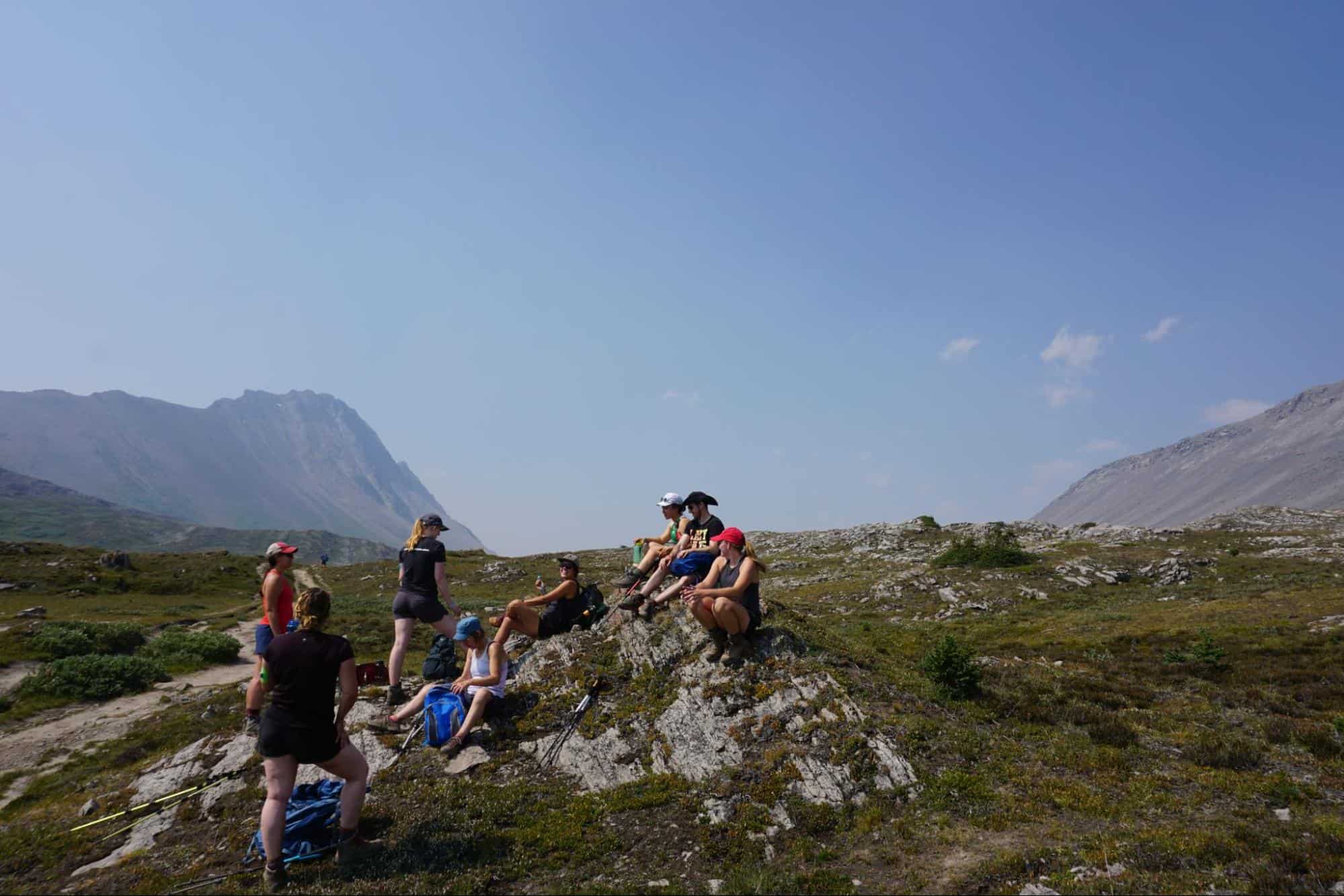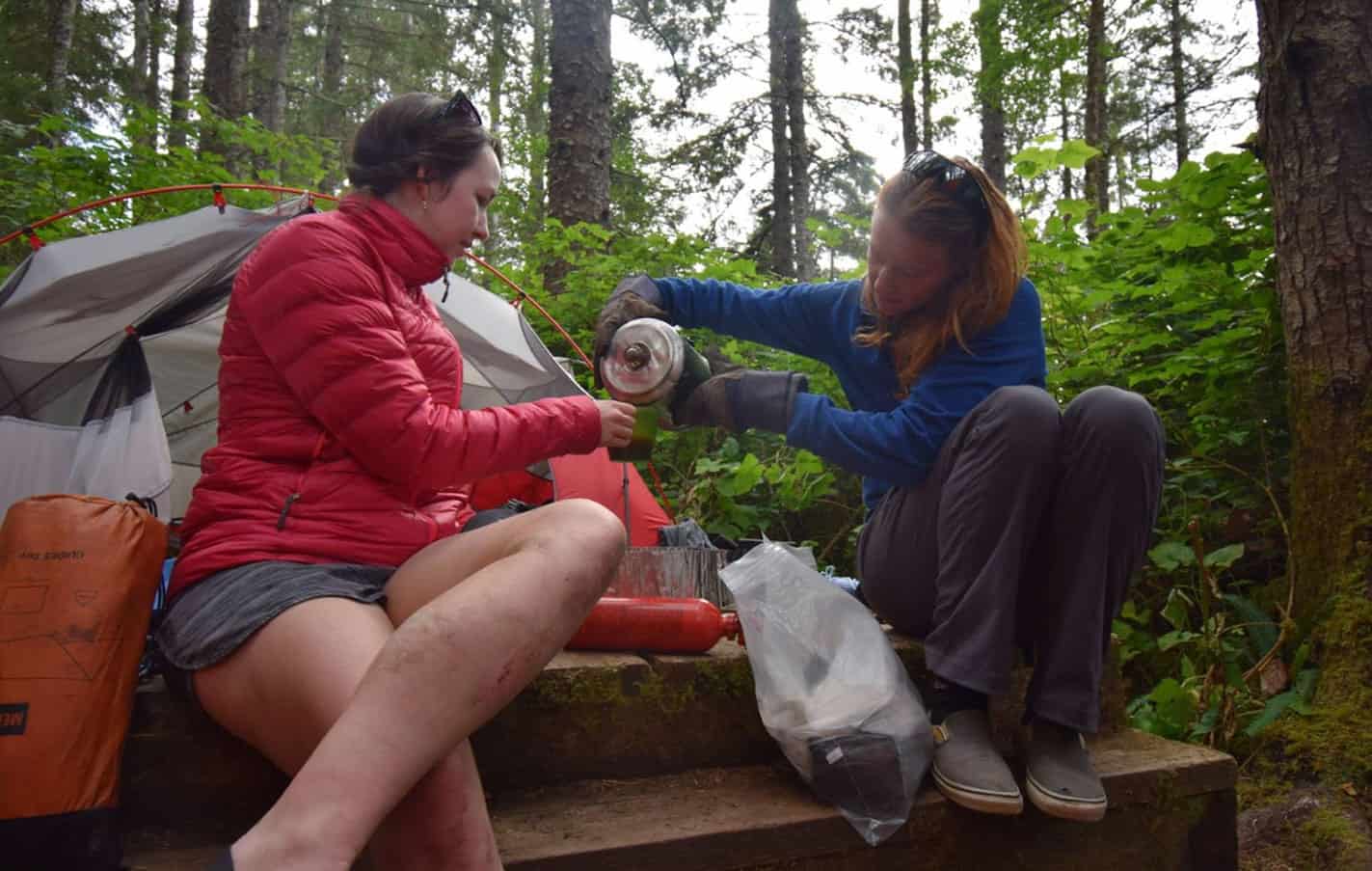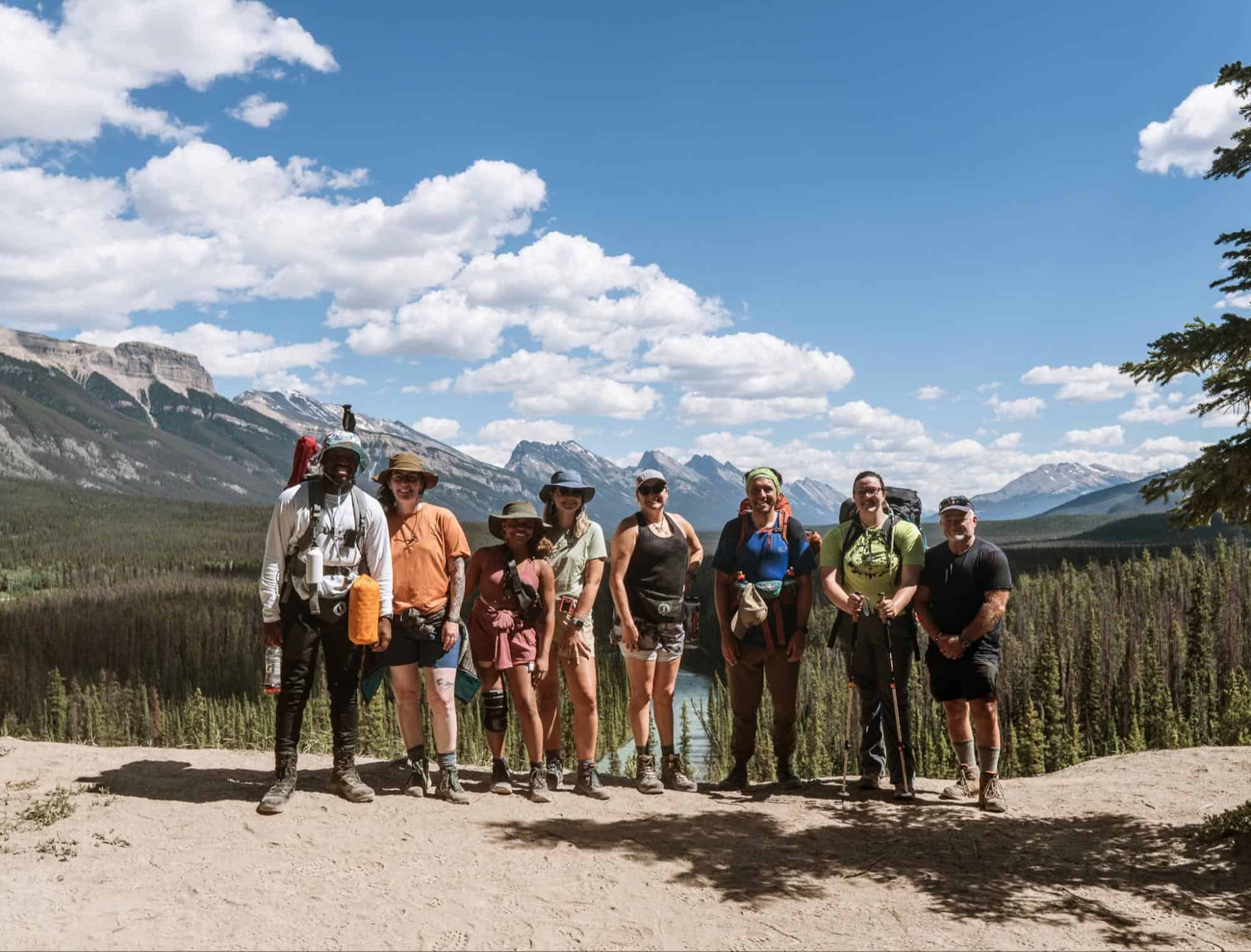What does type 1 diabetes, happening inside our bodies, have to do with the environment around us? The intersections might not seem immediately obvious, but health is inextricably linked with our surroundings. From the air we breathe to the water we drink and the food we eat, our health is in constant interplay with the places in which we work, live, play, and learn. Diabetes is certainly involved in these interactions, and even more so while our climate is rapidly changing. In this blog series, we will explore the complex relationships between our environments and type 1 diabetes.
In the last blog post of this series, we discussed ways that extreme environmental conditions can negatively affect our health and how diabetes can make people more susceptible to these adverse effects. Here, we wanted to turn your attention to ways the environment and the health of people with diabetes can positively impact each other.
Diabetes in the Outdoors
Connected in Motion was created to move diabetes education and connection from the clinic and into the outdoors. There is so much to be gained from learning by doing, outside, with others that “just get it.”
Let’s be real: it can sometimes be scary to fully embrace the outdoors when you live with T1D. Adventuring in remote locations with limited phone service, electricity, and health care suddenly becomes quite a bit more challenging when you add diabetes into the mix.
That’s why it can feel so nice to take some of the pressure off when you’re in the company of other type 1s. If you are low at a Slipstream, you can always count on at least 5 people to offer you snacks (seriously). And if you’re up for more of a challenge, the annual Adventure Trek poses an amazing opportunity to backpack with a supportive group of people with diabetes, lifting the burden of managing your diabetes on a trip like that alone.
It’s so important to facilitate access to the outdoors for everyone, especially those that face potential barriers such as diabetes management. Being outside has incredible benefits for both physical and mental health including increased physical activity, improved mood, and better sleep. Keep in mind you don’t have to travel to some faraway paradise to experience these benefits – a simple walk in your neighborhood is valuable!
While climate change threatens so many negative effects on our health, we must remember that our natural environments are still nurturing and protecting us, underscoring our obligation to protect it in return. Thinking about the magnitude of climate change and its consequences can feel extremely overwhelming, but acknowledging fears and anxieties with others and taking time to connect with nature and recharge outside can be hugely beneficial.

Diabetes Community Care
The needs of people with chronic illnesses and disabilities have far too often been neglected in the wake of environmental crises. But those historically left out of the environmental movement hold valuable knowledge and tools for climate resilience. Living with type 1 diabetes fosters problem-solving, adaptation, empathy, and collaboration – all essential qualities in the fight for a liveable future. The diabetes community also has strong networks in place to share knowledge, resources, and supplies.
This community care so often exhibited in the diabetes world is key for protecting the health of our planet and our neighbors.
Degradation of the environment negatively affects all of our health, so addressing the climate crisis requires us to prioritize community wellbeing and embrace how we are all connected. Continuing to care for each other, whether that’s by lending a listening ear to a friend, sharing strategies and tips on social media, or giving extra supplies to someone that needs them, is essential. These acts are especially important in the wake of more frequent extreme weather events and natural disasters.

Not everyone in the diabetes community is equally affected by challenges with diabetes management, hazardous environmental conditions, or barriers to participation in the outdoors. People with multiple marginalized identities are disproportionately impacted. Therefore, climate justice efforts to support people with diabetes must center people at the intersection of ableism and other systems of oppression including racism, misogyny, homophobia, and transphobia. Ensuring that all people with diabetes thrive, especially those with the least access, benefits the entire community.
In conclusion…
Spending time outside, especially with diabuddies, can have incredible benefits for your health and feel so empowering and restorative. At the same time, caring for the health of the diabetes community can represent an act of climate justice which benefits the environment. Supporting all people with diabetes in outdoor adventures and daily life only enhances this relationship between our environments and our health. So let’s keep doing what our community does best – sharing knowledge, advocating, and uplifting one another.





